Have you ever wished you could be transported to a peaceful desert island—somewhere quiet enough to finally hear yourself think? Or arrived at a familiar, beloved place, like a treasured holiday spot or a retreat centre, and felt your body soften the moment you got there?
Where we are matters. Environments profoundly shape how we feel and influence which version of ourselves shows up. Sometimes a place helps us feel centred, clear, and expansive. Other times, a setting can leave us feeling tight, anxious, or triggered—simply because of the space we’re in.
In an ideal world, we’d spend most of our time in environments that support our wellbeing. But in reality, many of us spend much of our day in places or conditions that don’t naturally bring out the most resilient, grounded version of ourselves.
Here’s where imagination comes in. Interestingly, the brain doesn’t often differentiate very clearly between real and vividly imagined experiences. This opens up a powerful possibility: what if we could imagine ourselves in a safe, nourishing place—a space where we’re completely free to be ourselves?
This is one of the core ideas behind one of the practices we explore in Compassionate Imagery for Resilience—a weekend workshop that explores how meditative imagery can help us access inner calm, strength, and clarity. Through guided practices, participants are invited to create inner landscapes that serve as sanctuaries for healing and restoration.
When I do this practice myself, I often find myself on an imagined version of Holy Isle, off the west coast of Scotland—a place where I lived for several years and have deep roots. In my inner sanctuary, the weather is always beautiful, and there are no midgies or ticks to contend with (it is my imagination, after all!). I often return to a particular spot in the orchard and lie on my back in the glass, listening to the bees humming their ancient hum in the sycamore trees.
As I settle into the scene, tension begins to melt from my body. I feel grounded, clear, and strong. I reconnect with a version of myself that feels capable and confident—able to meet challenges with steadiness and kindness to myself and others.
Of course, the external situation hasn’t magically changed. But through the practice, I’m not escaping reality—I’m resourcing myself to meet it better.
There is a growing body of research supporting the benefits of imagery-based practices for emotional regulation and psychological resilience. For instance:
- Guided imagery has been shown to reduce anxiety and stress, and increase self-efficacy (Trakhtenberg, 2008; Posadzki et al., 2012).
- Compassion-focused imagery can stimulate soothing emotional systems in the brain and reduce self-criticism, making it especially useful for those dealing with shame or anxiety (Gilbert & Procter, 2006).
- Engaging in mental imagery activates similar neural pathways as actual experiences, suggesting that visualisation can serve as a functional stand-in for real-world exposure and support behavioural change (Kosslyn et al., 2001).
By imagining ourselves in a place that fosters calm and connection, or in connection with a compassionate being, or any of the other meditation practices offered, we’re not just daydreaming—we’re actively rewiring our nervous system for greater resilience.
If you’re curious to explore this further, you could try this version of the guided Safe Place practice, or join Karen Baird and myself at the Compassionate Imagery for Resilience weekend retreat, which offers a supportive space to experiment with a range of powerful tools in a gentle and creative way. The course runs over the weekend of 12-14 September. Information can be found here.


